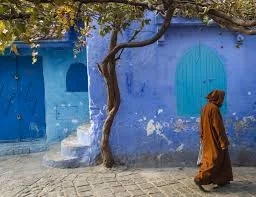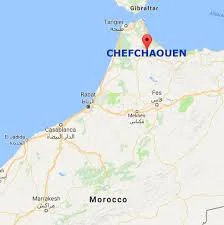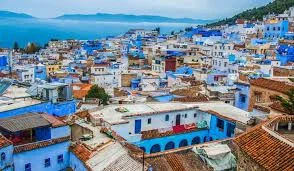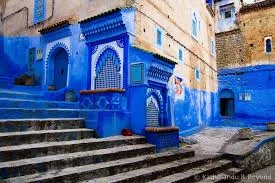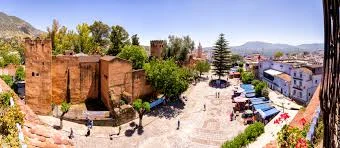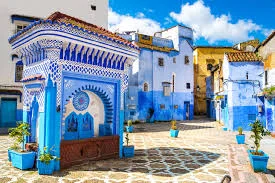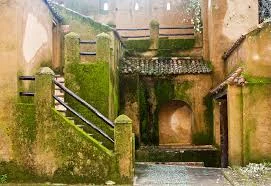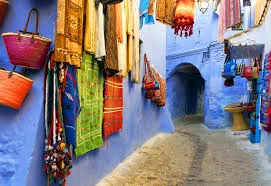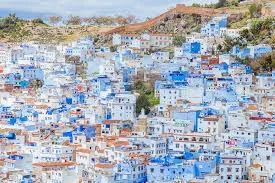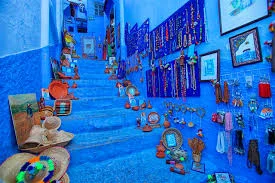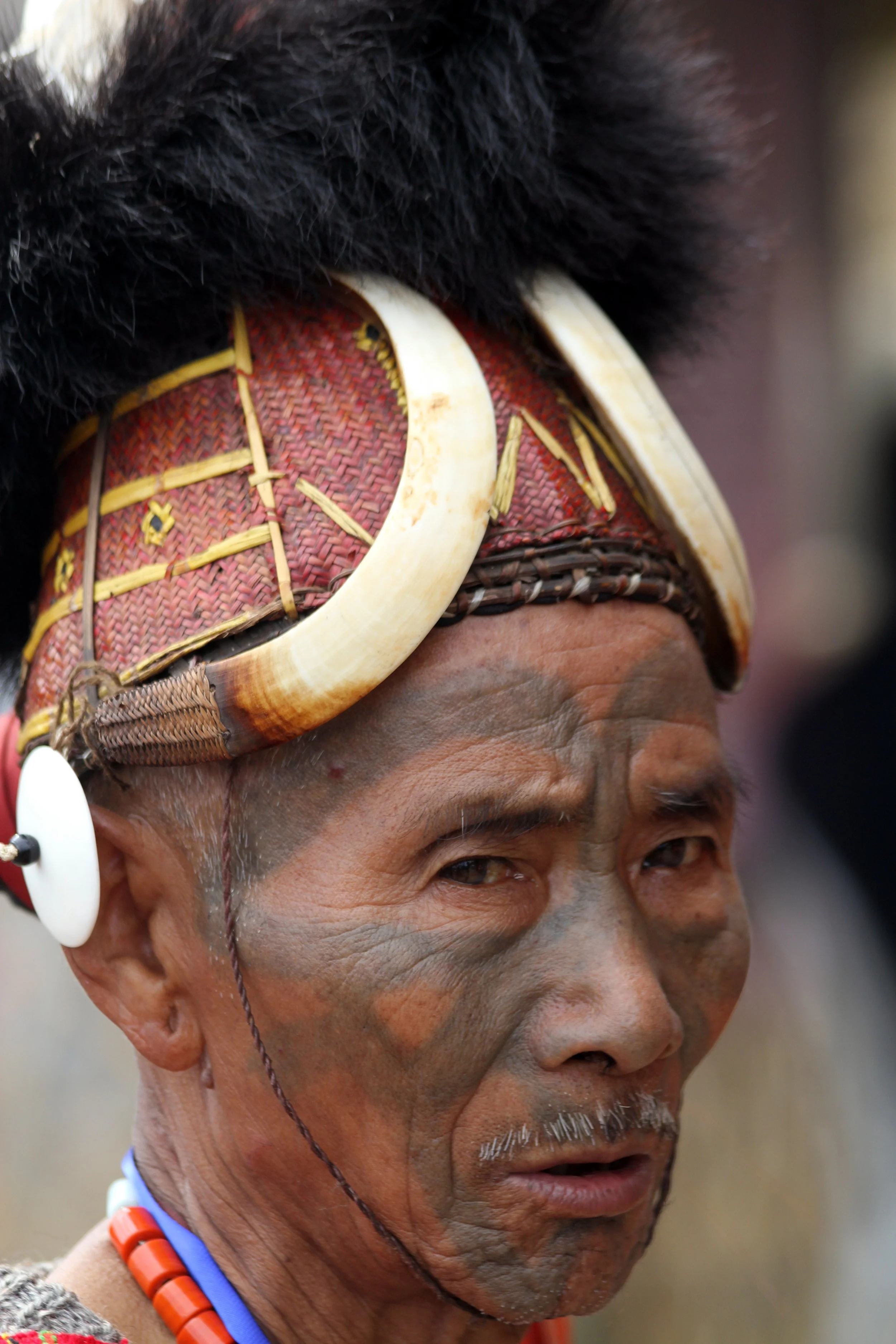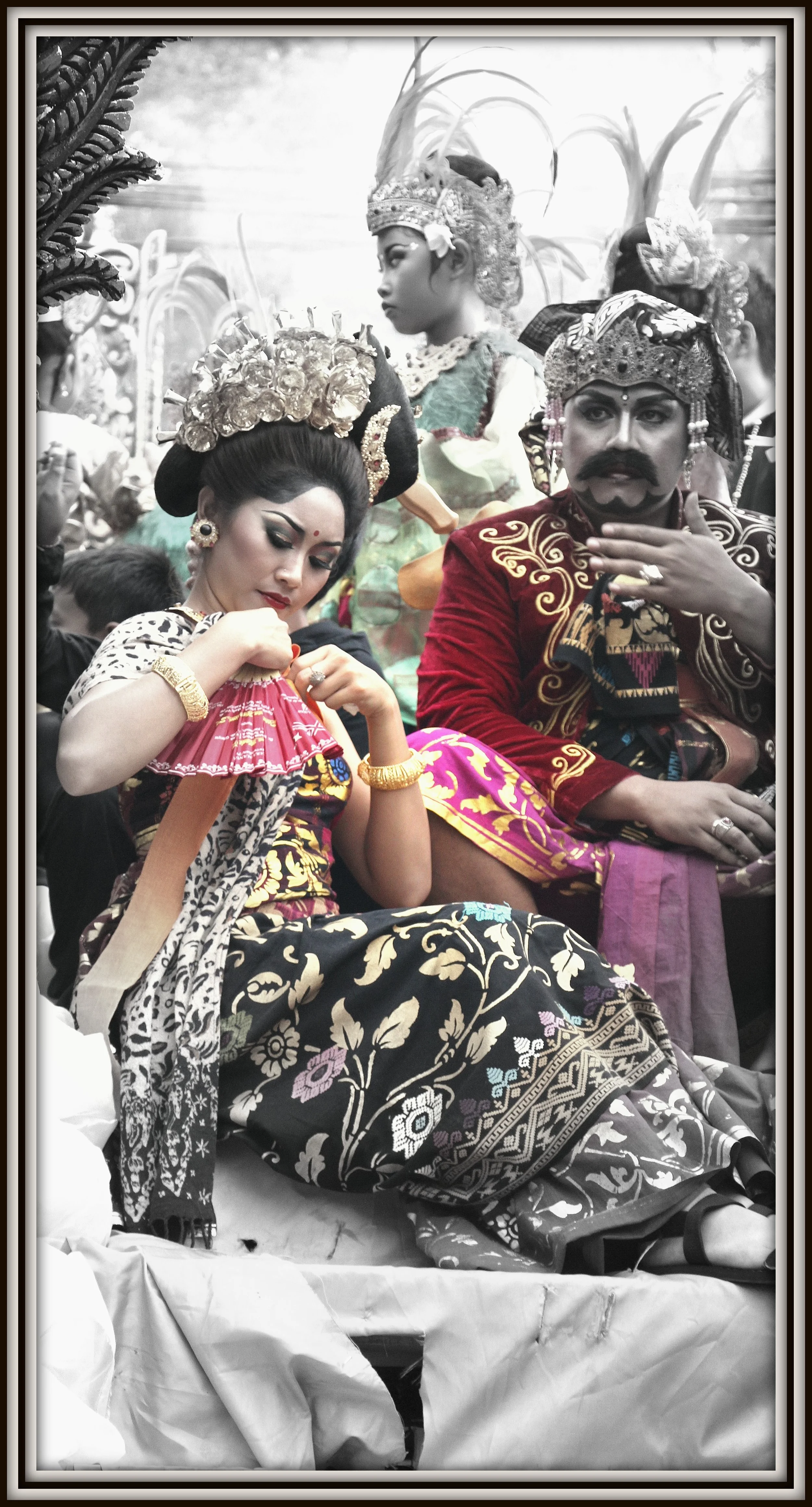Chefchaouen. Morocco’s Jewel In the Rif Mountains.
Awash with vibrant hues of blue and white against the contrasting Rif mountains, this is a true-blue Moroccan town, literally more than metaphorically – making for a beautiful landscape and an even more beautiful experience!
Chefchaouen is a place that one finds on one’s travels almost by accident but, once discovered it is hard to leave. Finding myself in the bustling city of Tetouan it was a local taxi driver who convinced me that Chefchaouen was not to be missed and, he was definitely right.
Situated high in the Rif Mountains, just inland from Tangier this charming city was founded in 1471 and was built initially as a small fortress (which still exists to this day), to ward off the Portuguese invaders who were intent on dominating northern Morocco. In 1920, the Spanish armies seized Chefchaouen to form part of Spanish Morocco and held it until 1956 when Morocco gained its independence.
Legend has it that it derived its name from the mountain range above the city that resembles two chaouen or goat’s horns and as the city lies between the ‘horns’ hence the name.
The town appears to cling limpet like to the edges of an arid mountain landscape, its stone houses shining pristine blue and white in the sun shining out of a cobalt blue sky. The architecture is a heady mix of Moorish design flavored with the more ornate Spanish influence which makes for a rather agreeable environment in which to spend a few days or even longer should you have the time.
The unique blue walls of the buildings are what make Chefchaouen a draw card for travellers from around the globe and, once seen, one can understand why. There are many theories as to why the walls were painted in these vibrant colours and one popular theory being that the blue tinge keeps mosquitos away; another is that Jews introduced the blue when they took refuge from Hitler in the 1930s. The blue is said to symbolize the sky and heaven, and serve as a reminder to lead a spiritual life.
A local told me that the colour of the houses was a result of a pact between Arab (white) and Jew (dark blue), which is, I suppose a plausible answer. All of the buildings are painted in these vibrant hues twice a year and make for a beautiful palette offset as they are by Andalusian red terracotta roof tiles
A maze of twisting alleyways and tiny lanes weave their way through the town under ornate arches, festooned with dazzling purple and pink Bougainvillea, lined with a tempting array of small shops and restaurants. The midday air is pungent with the smell of mint tea, kif (a major cash crop) tagines and coriander that wafts from a surprising number of rooftop cafes.
In many ways, this is a sleepy little town where no one appears to be in a hurry as I notice local workers sitting siting languidly against the blue walls smoking and chatting to their fellow residents while cats lay curled up, asleep in any sunny spot they can find.
The central Medina, unlike the Medinas of the larger cities such as Meknes, Marrakech and Fez is a rather relaxed affair allowing shoppers to browse without being pressured to purchase. There is a dazzling array goods on offer to tempt one into purchasing souvenirs to take home; with beautifully crafted rugs, elaborate pewter teapots and lanterns, straw hats and brass candlesticks, this Medina is a virtual Aladdin’s cave crammed full of all things Moroccan.
The town square, Plaza Uta el-Hammam, is a shady oasis in which to take lunch or a small cup of mint tea and is a perfect spot to simply watch the locals and travellers pass by or stare in wonder at the central mosque, which dominates the space.
Woman, clad in brightly coloured Berber dresses scuttle across the square delivering bread avoiding gangs of small boys playing football, oblivious to the tide of human traffic surrounding them.
The town square is where the local trekking guides ply their trade and you are sure to be asked to take a trip to the limestone rocks at Sfiha Telj and Ain Tissimlane spring. This day excursion is well worth the trip as it is not often one gets the opportunity to walk the majestic Rif mountains. The walks are all easy and all offer spectacular views of the Mediterranean as you walk though carpets of wildflowers and groves of ancient cedar trees. These mountain excursions are tailor made for simple day trips or, for the more adventurous you can take a two or three day camping option which is an experience in itself.
If trekking or indeed camping is not your thing a nearby attraction is the Kef Toghobeit Cave, which is one of the deepest caves in Africa, and is well worth the half-day excursion.
The thing I loved about Chefchaouen is its people. Maybe it’s the altitude or the clear blue skies that make them so charming as charming they are. Sitting in the square you are more than likely to be approached by locals offering to take you to a cousins or a friends restaurant or shop that you will be assured will be the best in all of Morocco!
Given the easy pace of the city, finding a place to eat or a place to stay is simple as the traveller here is spoilt for choice. If you are after a simple riad, do try the Casa Hasan It’s quiet (which sometimes is a blessing) but the service is courteous and altogether exceptional.
La Lampe Magique restaurant is touristy as it offers great views over the square. Locals eat here too, which is a good sign; it’s inexpensive and offers a relief from the gang of stray cats mewling a your feet.
Chez Aziz is another gem as their baked goods and snacks are simply fantastic.
Of all of the cities I visited in Morocco Chefchaouen was the place that captured my heart. Its slow pace, its stunning architecture and most of all its wonderful people made me want to stay a little longer.
It’s that kind of place.


